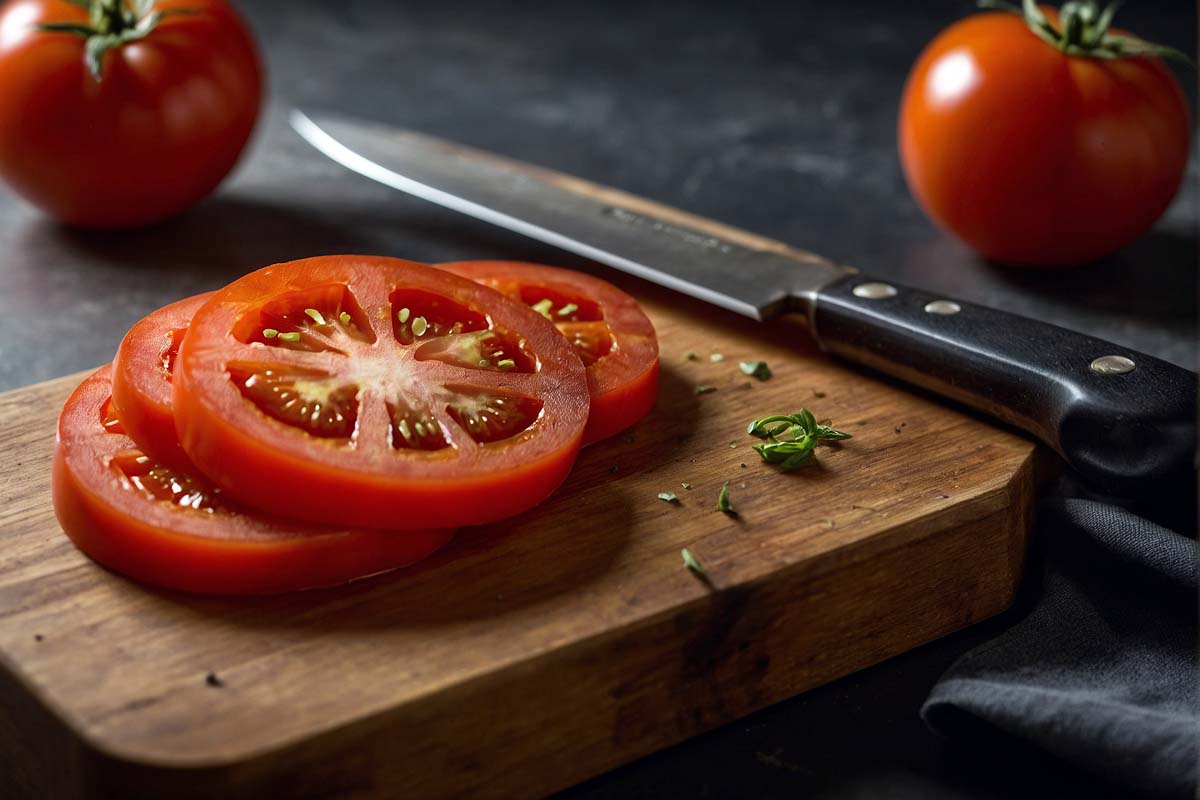Why a Dull Knife is More Dangerous Than a Sharp One: How to Stay Safe

When it comes to knife safety, the idea that a dull knife is more dangerous than a sharp one might seem counterintuitive at first. However, as someone who spends a lot of time in the kitchen and outdoors, I can assure you this is true. A dull knife can lead to more injuries because it requires more force to cut, which increases the chances of slipping and causing accidents.
In this article, I’ll explain why a dull knife is more dangerous and share some tips to keep your knives sharp and safe. Understanding this can significantly improve your kitchen safety and reduce the risk of knife injuries.
Why a Dull Knife is More Dangerous
A dull knife poses greater risks for a few key reasons. First, you need to apply more force to make a cut. This added pressure makes it easier for the knife to slip off the item you’re cutting, leading to slip accidents.
Additionally, when a knife slips, it often results in deeper and more serious injuries compared to a sharp knife. A sharp knife cuts cleanly and precisely, reducing the likelihood of slips and increasing overall cutting safety.

Using a dull knife is not just a hassle but a real danger. By keeping your knives sharp, you ensure safer and more efficient cutting, which is crucial for both everyday cooking and outdoor adventures.
The Mechanics of a Dull Knife
Understanding the mechanics of a dull knife helps explain why they’re so risky. When a knife isn’t sharp, cutting becomes difficult and inefficient. A dull knife doesn’t slice smoothly; it drags and tears through materials, demanding more pressure from you.
This increased pressure makes controlling the knife harder. When you push down with extra force, the knife can change direction suddenly and unpredictably. This unpredictability increases the chance of accidents because the knife doesn’t move as expected.

A lack of sharpness disrupts the natural motion of cutting. Instead of a clean, precise slice, you get rough, uneven cuts. This loss of cutting control makes a dull knife particularly dangerous.
Common Injuries from Dull Knives
Knife injuries from dull blades are not just more frequent but often more severe. Here are some common injuries caused by dull knives:
- Jagged cuts: Since a dull knife tears instead of slicing cleanly, the cuts are jagged. These rough cuts can be more painful and difficult to treat.
- Deeper lacerations: Using more pressure can lead to deeper cuts if the knife slips. These lacerations can be serious and might need medical attention.
- Longer healing times: Jagged cuts and deep lacerations take more time to heal. The uneven edges of these wounds require more time for your body to repair.
- Risk of infection: Deeper and more severe cuts carry a higher infection risk. Dirt and bacteria can enter the wound more easily, causing complications.
Keeping your knife sharp is crucial not just for efficiency, but for safety. Understanding the risks associated with dull knives helps you avoid common knife injuries and maintain a safer kitchen environment.
Preventing Injuries with Sharp Knives
Maintaining sharp knives is essential for knife safety. Here are some practical tips to help you with sharp knife maintenance and ensure safe cutting:
Regular Sharpening
Keeping your knives sharp is the first step in preventing injuries. Regular sharpening ensures your knives are always ready for safe use.
- Sharpening tools: Use a whetstone, honing rod, or electric sharpener. Each tool has its method, so choose one you’re comfortable with.
- Frequency: Sharpen your knives every few months, depending on how often you use them. Frequent users might need to sharpen more often.

Proper Cutting Techniques
Using the right cutting techniques can also reduce the risk of injury.
- Grip: Hold the knife firmly with your dominant hand and use a pinch grip, holding the blade between your thumb and forefinger for better control.
- Guide hand: Use your other hand to hold the food, curling your fingers under to protect them. Your knuckles should guide the knife.
- Slice, don’t chop: Use a smooth, slicing motion instead of a forceful chop to maintain control and precision.

Using the Right Cutting Boards
The type of cutting board you use plays a significant role in safe cutting.
- Material: Use wooden or plastic cutting boards. Avoid glass or stone boards as they can dull your knife quickly.
- Stable surface: Ensure the cutting board is stable and doesn’t move. Place a damp towel under the board to keep it from slipping.

By following these sharpening tips and practicing safe cutting techniques, you can significantly reduce the risk of injury in the kitchen. Proper sharp knife maintenance not only improves your cutting efficiency but also ensures a safer cooking environment.
Learn more: How to Remove Rust From a Carbon Steel Knife
FAQs on A Dull Knife Is More Dangerous Than a Sharp One
Final Thoughts
Keeping your knives sharp is essential for knife safety. A sharp knife requires less force, reducing the risk of slips and injuries. Regular sharpening and proper cutting techniques contribute to injury prevention.
Remember, using the right cutting boards also helps maintain your knife’s edge. By following these simple practices, you ensure a safer kitchen environment and enjoy the sharp knife benefits.
In summary, prioritize knife maintenance for effective and safe cutting, reinforcing the importance of a sharp knife in preventing accidents.
